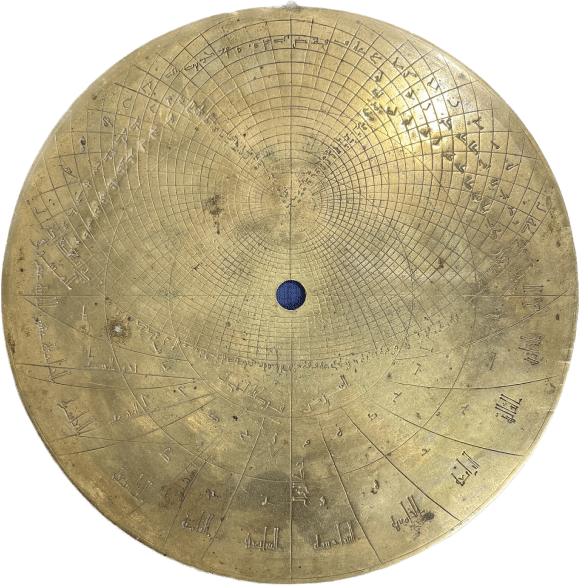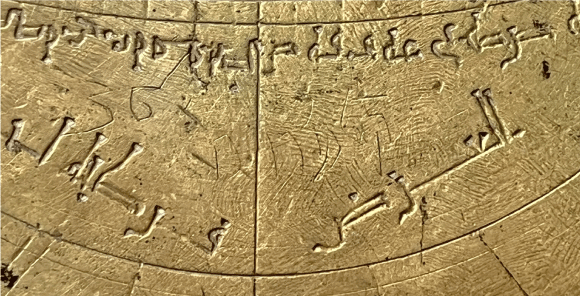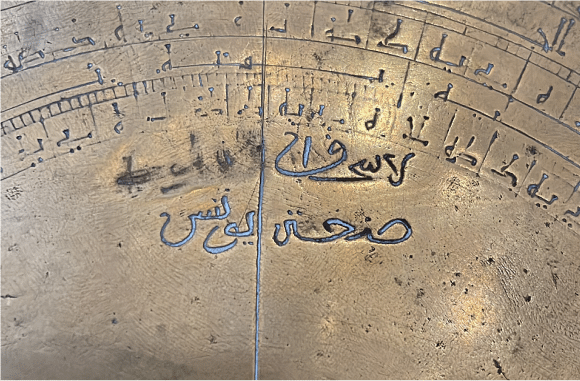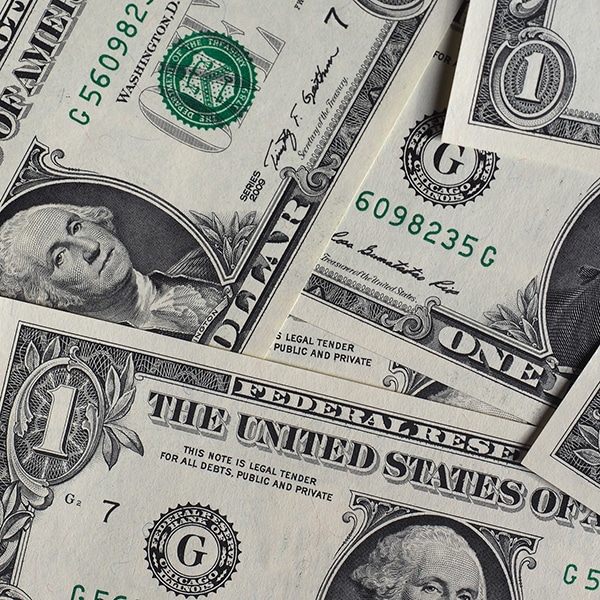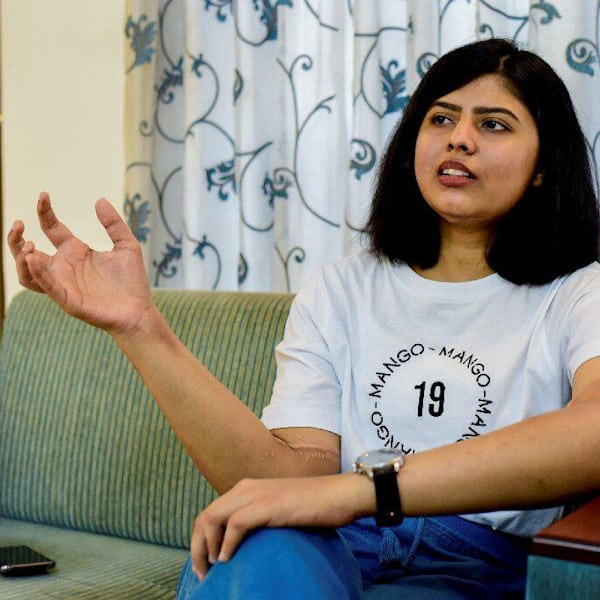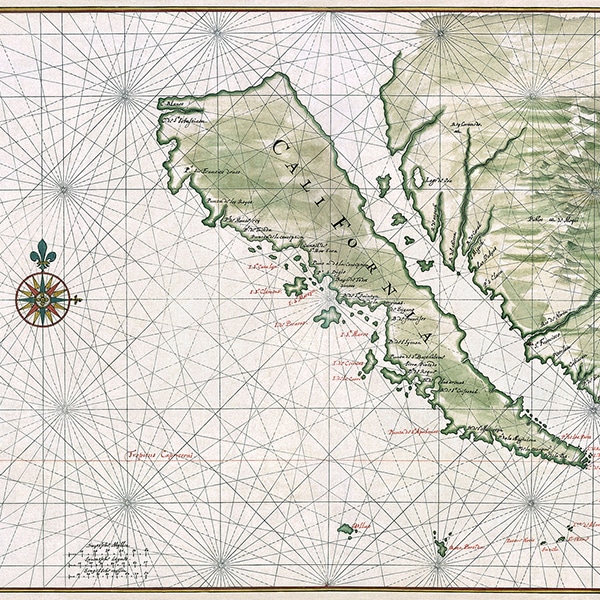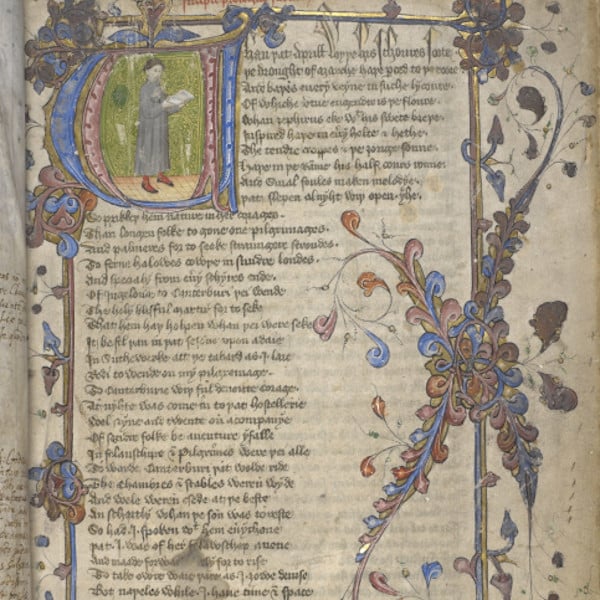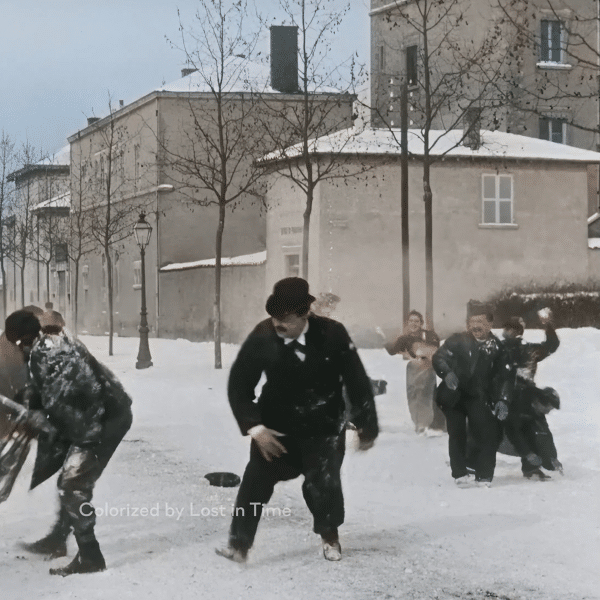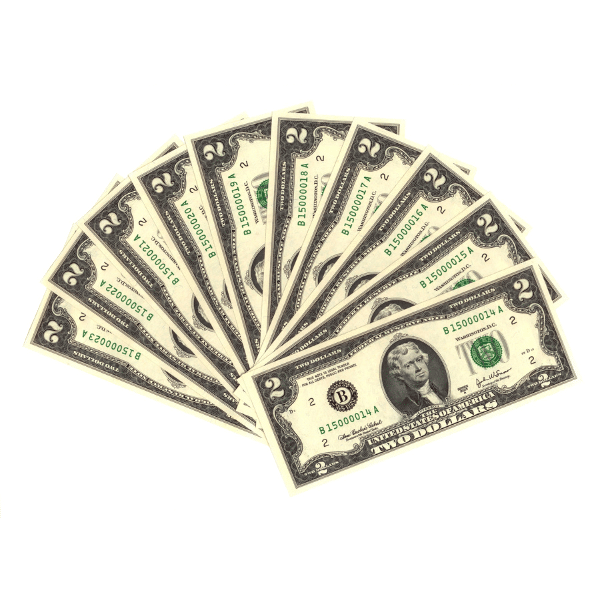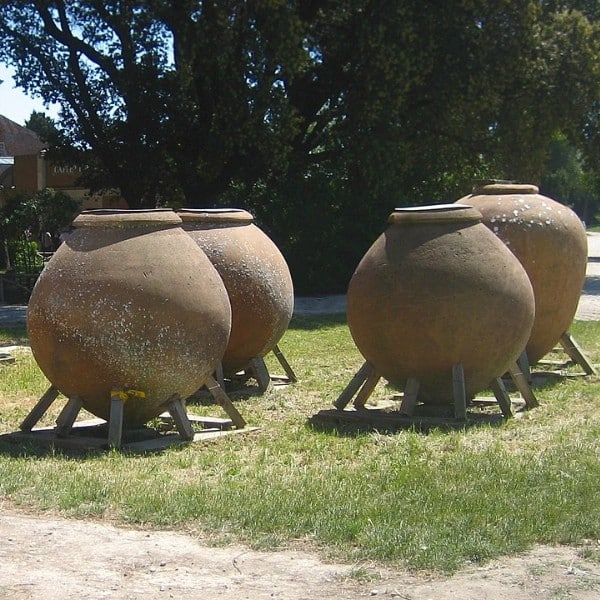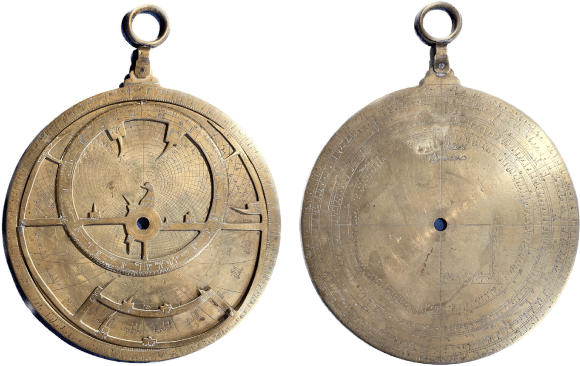
Photo: Nuncius 39, 1 (2024)
An 11th-century astrolabe inscribed with Arabic, Hebrew, and Western numbers shows a strong collaboration between different religions and cultures. In a new report, Dr. Federica Gigante of the University of Cambridge discusses this scientific instrument, which she discovered thanks to a photo uploaded to a museum in Verona, Italy.
Dr. Gigante, an expert on Islamic astrolabes, contacted the museum, which didn't know much about the astrolabe and thought it could be a fake. When she had the chance to examine it in person, she knew that she had something special on her hands. “When I visited the museum and studied the astrolabe up close,” she shares, “I noticed that not only was it covered in beautifully engraved Arabic inscriptions but that I could see faint inscriptions in Hebrew.”
Astrolabes were incredibly important in history, allowing people to make astronomical measurements and navigate successfully. They can tell local time, help set up a calendar, provide positioning in latitude, as well as many other functions. This particular astrolabe appears to have had multiple owners, with Hebrew and Latin added to the instrument over time. After examining the style of the engraving and the arrangement of scales on the back of the astrolabe, Dr. Gigante determined that it is Andalusian. Specifically, she traced it to Al–Andalus, the Muslim-ruled area of Spain, and the instruments that were created there in the 11th century. Due to the inscriptions, she believes that it was made in Toledo. At the time, the city was a cradle of culture for Muslims, Jews, and Christians, so it seems quite appropriate that the astrolabe be manufactured there.
The instrument has several interesting features, including the inscription of Muslim prayer lines and names. Placed at specific times, these features demonstrate how the astrolabe also helped users track when to recite their daily prayers. There is also a second plate with common North African latitudes that suggests the astrolabe was used in Morocco or Egypt at one point.
The Hebrew inscriptions, which were added by more than one hand, give evidence of the astrolabe exchanging hands. “These Hebrew additions and translations suggest that at a certain point, the object left Spain or North Africa and circulated amongst the Jewish diaspora community in Italy, where Arabic was not understood, and Hebrew was used instead,” explains Gigante. Verona had a substantial Jewish community in the 12th century, and it appears that it made its way there. Eventually, it landed in the collection of Veronese nobleman Ludovico Moscardo before passing into the Miniscalchi family through marriage. This is how it ended up in Verona's Fondazione Museo Miniscalchi-Erizzo, which preserves the family's collection.
Now that its significance has been revealed, it's become a treasured part of the collection for its history and what it represents. Dr. Gigante says, “This isn’t just an incredibly rare object. It’s a powerful record of scientific exchange between Arabs, Jews, and Christians over hundreds of years.”
A researcher from the University of Cambridge discovered a fascinating astrolabe in a Verona museum's collection.
Dating to the 11th century, the scientific instrument has inscriptions in Arabic, Hebrew, and Latin.
“This isn’t just an incredibly rare object. It’s a powerful record of scientific exchange between Arabs, Jews, and Christians over hundreds of years.”
h/t: [Good News Network]
Related Articles:
Beautifully Engraved and Gilded All-in-One Astronomical Tool
600-Year-Old Medieval Clock Shows the State of the Universe in Real Time
Ornate Renaissance-Era Book Helped Royalty Cast Horoscopes in the 16th Century
16th-Century Pop-Up Book With Movable Parts Told Fortune and Horoscopes During the Renaissance
